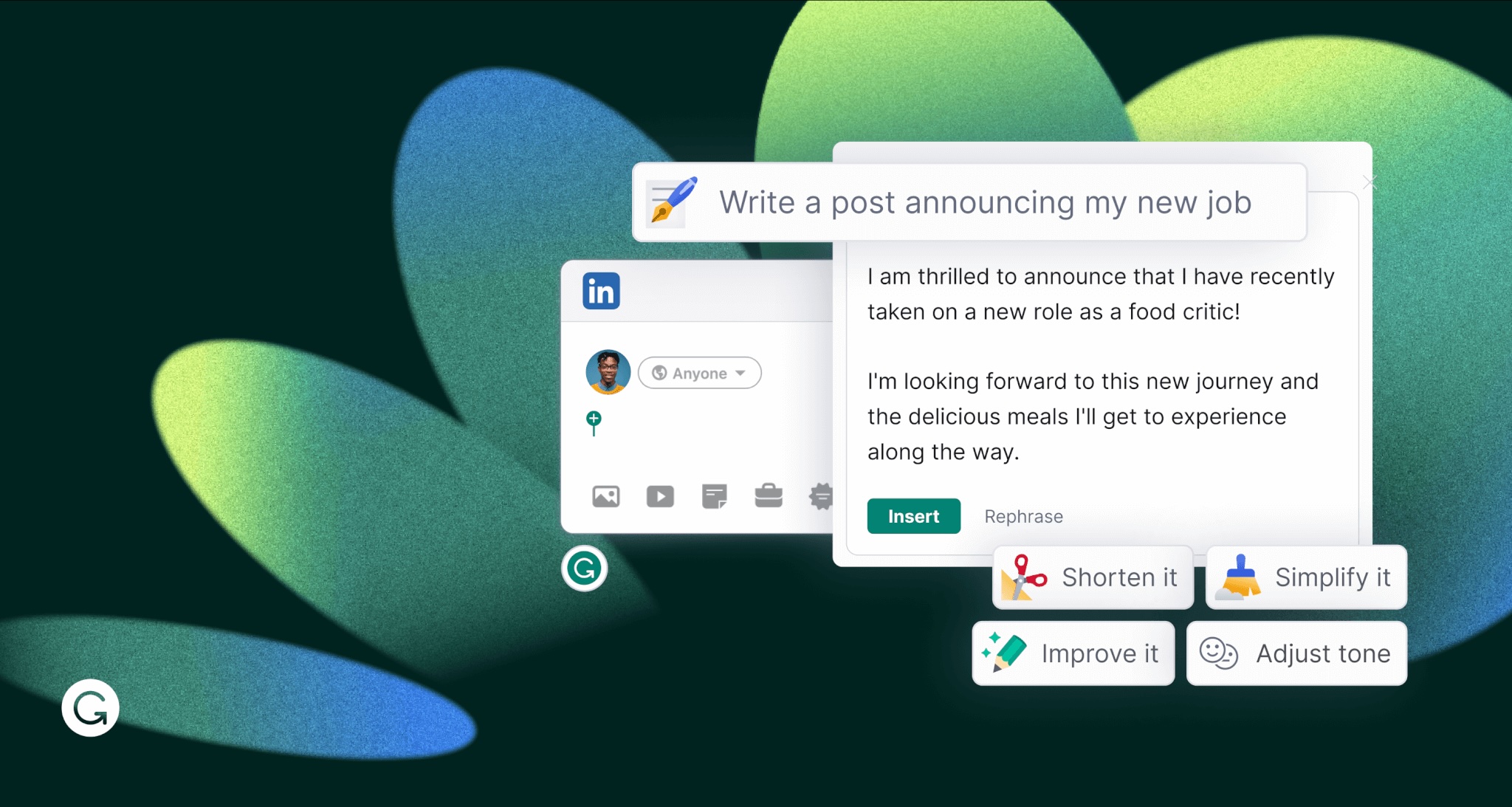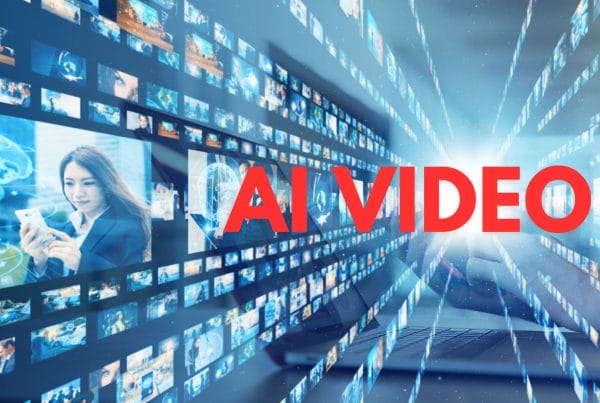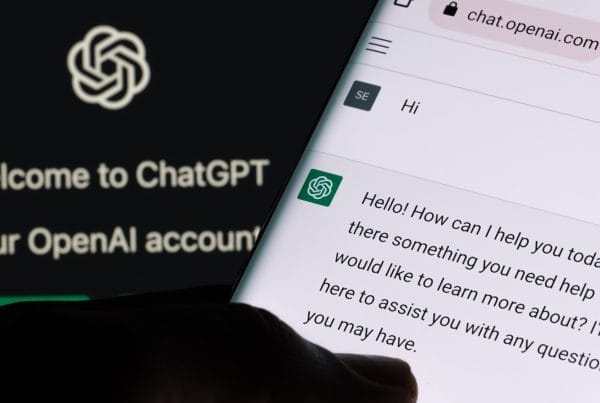In an era where artificial intelligence is taking over content, the importance of distinguishing between human and AI-generated content has become extremely important. Grammarly and its new most recent product, GrammarlyGO, have emerged as prominent AI-powered writing assistants. In this article, we’ll dive into how Grammarly’s corrective capabilities interact with AI detectors like Winston AI differently from the generative nature of GrammarlyGO, revealing the nuanced landscape of AI in writing.
Understanding Grammarly and GrammarlyGO
Grammarly has become synonymous with writing enhancement, offering an advanced grammar and spell-checking tool that polishes writing fluency and style. Its algorithms analyze text, suggesting corrections and improvements that refine the user’s original prose without altering the fundamental voice. Grammarly’s intervention is subtle, aimed at error correction and stylistic improvements.
On the flip side, GrammarlyGO steps into the realm of content generation. It extends the functionality of Grammarly by producing text based on prompts, integrating with platforms like Gmail and Microsoft Word to aid in content creation. GrammarlyGO isn’t just correcting; it’s creating, and herein lies a crucial difference. Rahul Roy-Chowhury, Grammarly CEO, describes the new feature as follows:
“Type a prompt and watch Grammarly compose high-quality writing, saving time finding the perfect words.”
Grammarly: Correction vs. Creation
Grammarly’s core function is to correct human writing. It takes a base text, authored by a human, and scans it for errors and possible enhancements. These corrections are rooted in pre-existing human input, which means that Grammarly’s output is still fundamentally human.
Grammarly’s technology does not create or add substantial new content. Instead, it functions more like a digital editor, fine-tuning the text to elevate its quality while maintaining the original human input.
AI Detection Tools and Their Functionality
AI detection tools are designed to sniff out content that has been generated by AI. They rely on complex algorithms that recognize patterns typically associated with AI-generated text. These patterns can include certain consistencies in phrasing, structure, and even the absence of the natural idiosyncrasies found in human writing.
Grammarly’s Interaction with AI Detectors
Given that Grammarly is enhancing text that originated from a human writer, it’s unlikely to trigger AI detectors. The changes made are generally too subtle and are applied to text that already has the inherent unpredictability and variability of human writing. Tests with AI detectors have shown that text corrected by Grammarly is typically not flagged as AI-generated, as the essence of the content remains human in origin.
GrammarlyGO and AI Detectors
GrammarlyGO’s capabilities are a different story. As it produces text from user prompts, it exhibits patterns that are more consistent with AI-generated content. Its outputs, while sophisticated and human-like, are not born from a human mind but are synthesized from a database of language patterns. This means that GrammarlyGO’s text has a higher likelihood of being flagged by AI detection tools like Winston AI, as it mirrors the characteristics these tools are trained to detect.
Implications for Writers and Content Creators
The distinction between Grammarly and GrammarlyGO’s AI detectors is not just technical but also ethical. Writers, educators, and content creators should be aware that while Grammarly can help improve the quality of their writing without much risk of being flagged as AI, GrammarlyGO’s generative text must be used with caution, especially in contexts where original human authorship is valued or required.
Conclusion
The advent of AI in writing has brought tools like Grammarly and GrammarlyGO to the forefront, offering both corrective and generative assistance. However, their interaction with AI detectors is markedly different. While Grammarly’s subtle touch on human writing flies under the radar of AI detectors, GrammarlyGO’s generative approach may set off alarms. As we navigate this new landscape, the onus is on us to use these tools responsibly, recognizing the boundaries of AI assistance in writing and the importance of maintaining the integrity of human authorship.



